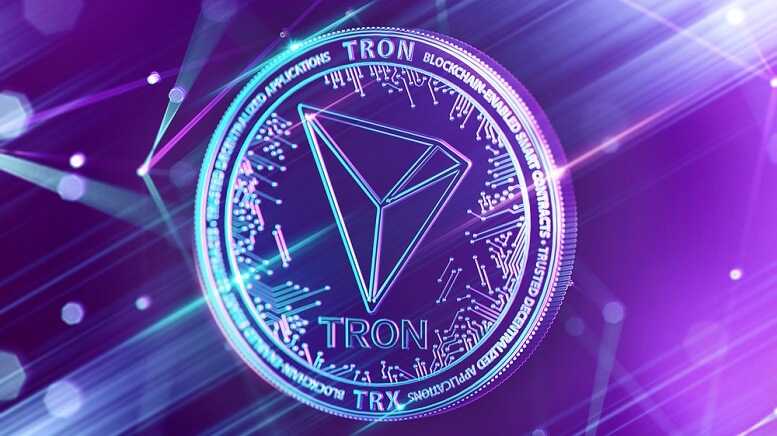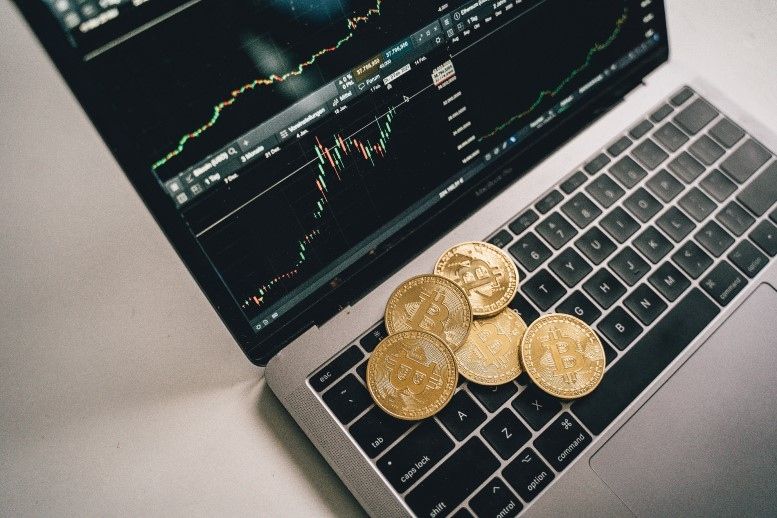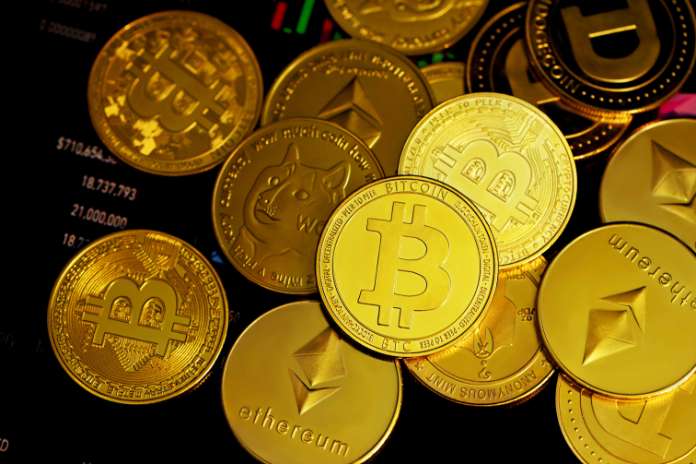Bitcoin’s Price Surge Explained

Bitcoin has experienced a significant price surge, surpassing the $93,000 mark, a development that has caught the attention of investors and market analysts alike. This price rally is attributed to several factors, including increased institutional adoption and geopolitical tensions that have driven investors towards cryptocurrencies as a hedge against traditional financial markets.
Institutional interest in Bitcoin has been on the rise, with major financial entities recognizing its potential as a store of value. Companies like MicroStrategy have made substantial investments in Bitcoin, further legitimizing its role in the financial sector. This institutional backing has provided a sense of security and stability that has encouraged more investors to consider Bitcoin as a viable asset.
Moreover, the ongoing geopolitical tensions have led to economic uncertainties globally. As a result, investors are diversifying their portfolios by including cryptocurrencies, which are seen as a safeguard against inflation and currency devaluation. This shift in investment strategy has contributed to the upward trajectory of Bitcoin’s price.
Another critical factor influencing Bitcoin’s price is the limited supply of the cryptocurrency. With only 21 million Bitcoins ever to be mined, scarcity plays a significant role in its valuation. As demand increases and supply remains constant, the price naturally escalates, attracting more investors seeking potential returns.
In addition to these factors, technological advancements and regulatory developments have also played a role in Bitcoin’s price movement. Countries are beginning to establish clearer regulations regarding the use and trading of cryptocurrencies, which has reduced the ambiguity and risks associated with investing in them. This regulatory clarity has encouraged more participation from both retail and institutional investors.
Despite the positive momentum, Bitcoin’s price volatility remains a concern for some investors. The cryptocurrency market is known for its rapid price fluctuations, which can pose risks to unprepared investors. However, those who understand the market dynamics and are willing to tolerate the volatility may find significant opportunities for profit.
Looking ahead, Bitcoin’s future price movements will likely depend on a combination of market demand, technological innovations, and regulatory frameworks. As the cryptocurrency market matures, it is expected to integrate more seamlessly with traditional financial systems, potentially leading to further price stabilization and growth.
Featured Image: Depositphotos






